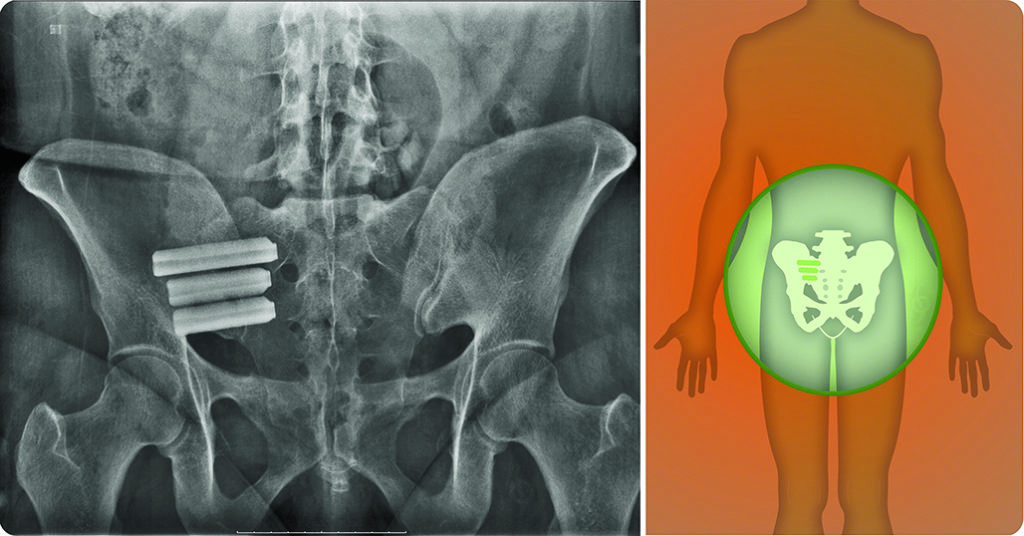Pregnancy comes with many aches and pains. Giving birth can add an entirely new set of issues to that list. So, it’s pretty normal that on some days, you struggle to get moving and might feel like you’ve aged 10 years in only one. (CMB note: That might be the kids. We love them and all, but just saying.) Still, as the kids get older, you should feel like you’re bouncing back – mostly – to normal.
If not, it could be time to look a little closer.
As we age, many people tend to experience back pain. For most – luckily – it’s not a chronic problem, but if ongoing back pain is something you’ve experienced, you know how debilitating it can be. And, did you know that pregnancy and birth can exaserbate some back issues – specifically SI (sacroiliac) Joint Dysfunction – and leave moms in ongoing pain? (Gee, thanks kiddos!)
For more information on the causes, symptoms and treatments of SI Joint Dysfunction, we turned to our friends at SI-Bone to learn more.
What kind of pain does the SI Joint cause?
Pain from sacroiliac joint dysfunction can be felt anywhere in the lower back or spine, buttocks, pelvis, groin, or sometimes in the legs. Chronic SI joint pain symptoms can make it difficult to perform common daily tasks and can affect every aspect of life. Imagine experiencing pain every time you lean over to change a diaper, stoop down to pick up the baby, or even while lying in bed!
 Common SI joint symptoms can include:
Common SI joint symptoms can include:
- Lower back pain (below L5 vertebrae)
- Sensation in lower extremity: pain, numbness, tingling, weakness
- Pelvis/buttock pain
- Hip/groin pain
- Feeling of leg instability (buckling, giving way)
- Disturbed sleep due to pain
- Disturbed sitting patterns (unable to sit for long periods, only able to sit on one side)
- Pain going from sitting to standing
What is the SI joint and what does it do?
The sacroiliac (SI) joint is located in the pelvis. It links the iliac bone (pelvis) to the sacrum (lowest part of the spine above the tailbone). This joint transfers weight and forces between your upper body and legs. It is an essential component for energy transfer between the legs and the torso.
Since so much stress is placed on the pelvic area during pregnancy and birth, this trauma to the SI joint can cause lasting issues. If you’ve experienced lower back pain during pregnancy, your doctor might have referred to it as “pelvic girdle pain”. That pain could be your SI joint letting you know it’s there!
What is the treatment? Is it fixable?
If you’re suffering from back pain, and your doctor has determined the issue is SI joint dysfunction, you and your caregiver will work together to determine what the best course of treatment will be. Your doctor may first consider nonsurgical treatments, such as medications, physical therapy, or steroid injections. Some more conservative treatment options include:
- Chiropractic Care
- Physical Therapy
- Pain Medication
- Yoga
- Massage Therapy
If those non-surgical treatments fail to provide relief, it might be time to learn more about minimally invasive SI joint fusion. This type of surgery is the current medical standard of care for SI joint fusion to relieve sacroiliac joint pain. The iFuse Implant System®, available since 2009, is a minimally invasive surgical option designed to provide immediate sacroiliac (SI) joint stabilization and allow long-term fusion.
Plus, this procedure can be right for patients whose symptoms began during pregnancy or in the peripartum period and have persisted postpartum for more than 6 months. Be sure to discuss your symptoms with your doctor to determine if it’s what you need.
No one wants to have surgery, but if it’s the best option, the good news about iFuse is that it’s minimally invasive (No, really. The incision is roughly 1-2 inches long!) The whole procedure takes about an hour and recovery time is significantly less than with traditional surgery.
After suffering with back pain for years, Deborah had the iFuse surgery and said, “The procedure went very well. I was up and out of bed that same day, into physical therapy. I have no awareness of having the implants in my back at all. I gardened all summer, and it was no problem for me.”
It’s hard enough having a baby without suffering from lower back pain. Take care of you so you can take care of your family!














